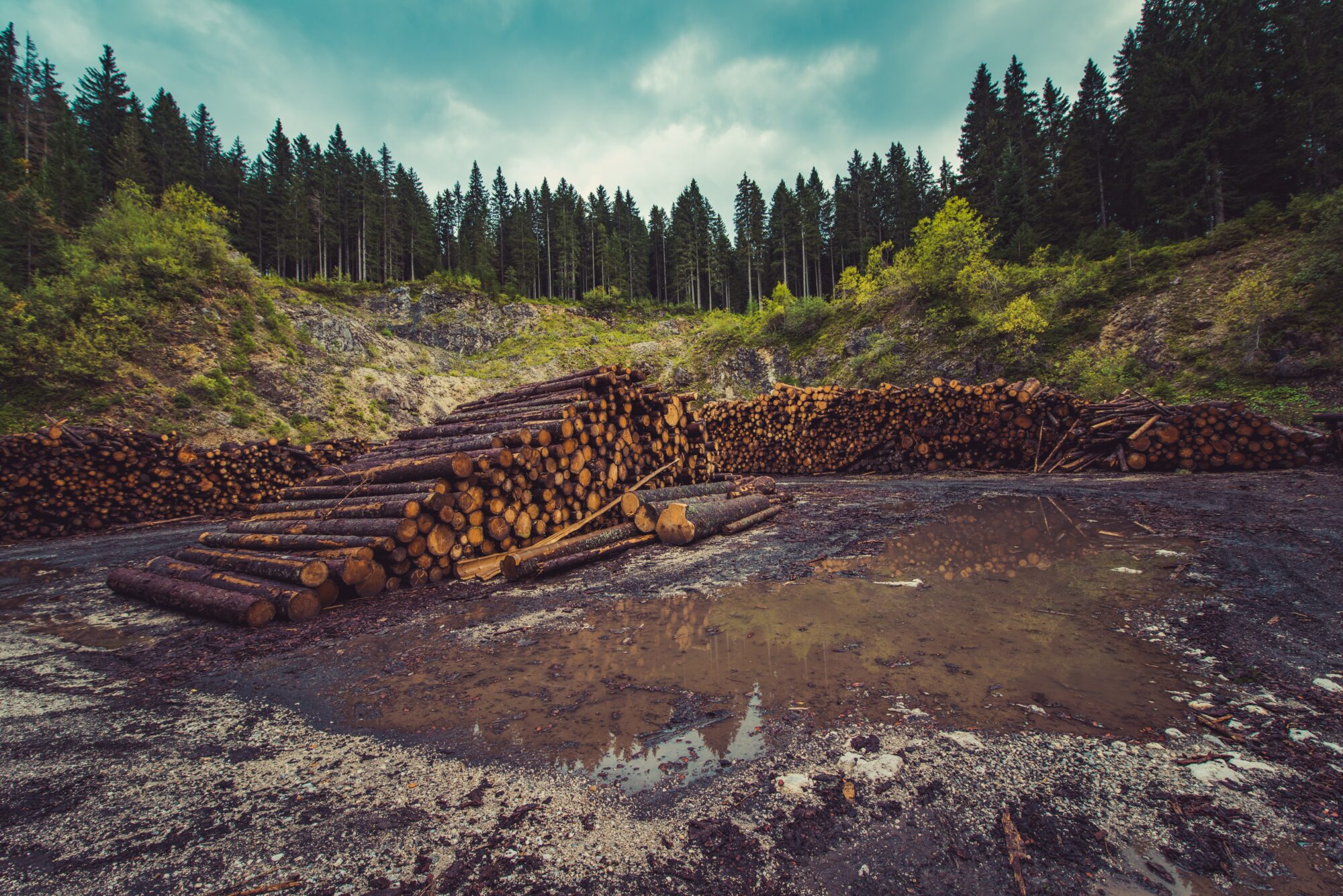Hardwood can be an integral part of a home’s design and favorite woods, stains, and finishes go in and out of style, just like most other aspects of interior design. Domestic lumber, also referred to as North American lumber, is becoming increasingly popular and overtaking the bamboo craze that swept the nation a few years ago. Oak, maple, hickory, and walnut are the top four most popular domestic hardwoods and their increasing rates of installation, for a number of reasons to be discussed, also come with a few consequences which should be considered.
1) Oak trees grow naturally in North America with the greatest number of oak species growing in Mexico and the United States. This wood is dense and strong while the tree is quite resistant to fungal and insect attacks leading to more profitable yields without crop loss. Both groups of oak species, red and white, offer a bright, cheery addition to any home.
2) Maple trees also grow in North America and offer home owners a wide variety of distinct, unique looks between species. North American maple are most high risk due to being threatened by pests such as the Asian long-horned beetle.
3) The majority of Hickory trees are native to North America and provide a light or medium brown hard wood with a reddish or yellow hue within the wood grain. Hickory is an enticing wood because of its extreme density and hardness that creates one of the hardest woods on the commercial market. None of the hickory species are listed on an endangered species list.
4) Walnut trees produce a unique, dark chocolate brown heartwood with gray, reddish, and even purple hues. Though the wood is strong, durable, and grows well across most parts of North America, the tree is quite susceptible to insect attack and the butternut, also known as white walnut, tree is currently plagued by a fungal disease and is listed as a federal concern in the US and is under protection in Canada.
With shifting trends and styles come raising prices and higher baselines because distributors can make the most of their supply with increasing demand. It is anticipated that all four of these useful, beautiful woods will become more expensive during their popularity in the coming year and beyond. However, it’s also important to think about the wood’s sustainability as well. Many species of maple trees, for example, are endangered and threatened by growing pest populations. Can the maple tree population survive a moment in the spotlight of home décor fashion? It’s important to think about the lasting effects of trends and fads when you buy, especially for wood. There’s no question that there is an increasing demand for these four kinds of wood but perhaps when you make your new flooring decision white walnut, a wood of federal concern, need not be your first choice.

